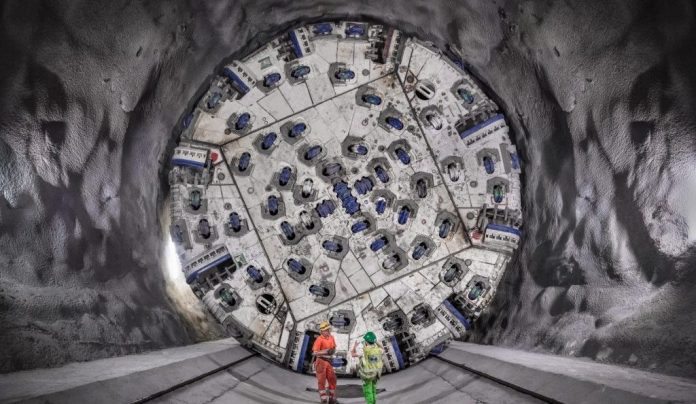The draft rules guide major EU transport infrastructure project towards sustainable transport, cut implementation delays and set EU transport links with Ukraine and Moldova.
On Wednesday, Parliament set its negotiating position on the review of trans-European transport network (TEN-T) rules. This is the EU’s plan to build a network of railways, roads, inland waterways and short sea shipping routes connected through ports and terminals across the European Union. Current TEN-T projects range from Rail Baltica, connecting Helsinki and Warsaw, to Brenner Base Tunnel, linking Austria and Italy, or the Lisbon–Madrid high-speed rail line.
MEPs reaffirm a need to complete major transport infrastructure projects by the end of 2030 on the core TEN-T network, and by the end of 2050 on a comprehensive network focussed particularly on eliminating bottlenecks and missing links and better empowering 11 European Coordinators. In the event of a significant delay, MEPs suggest the Commission should immediately launch an infringement procedure and reduce or terminate funding.
European Parliament also advocates for unified technical and operational standards for each transport mode and stress that intermodal transport should be primarily done by rail, inland waterways or short-sea shipping, while any initial and/or final legs can be carried out by road. This should translate into fully electrified railways in the core TEN-T network, running with at least of 160 km/h passenger and 100 km/h cargo trains, which could cross internal EU borders in less than 15 minutes by the end of 2030, the draft rules say.
Following Russia’s war against Ukraine, MEPs also backed cutting transport infrastructure projects with Russia and Belarus and enhancing instead the partnership with Ukraine and Moldova.
More details available here.
Following plenary’s endorsement, the negotiations with the Council on the final form of the legislation may begin immediately. The first round of talks is scheduled to start on 24 April.

